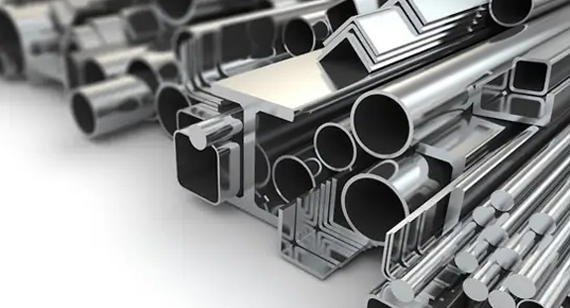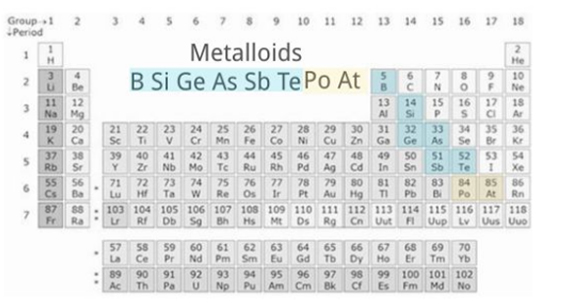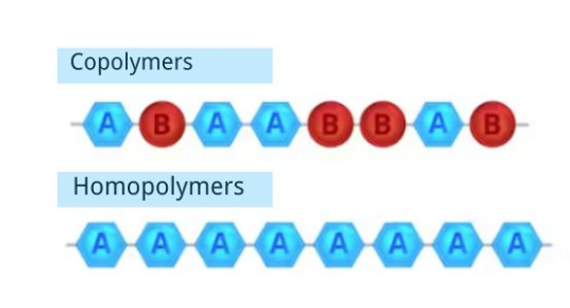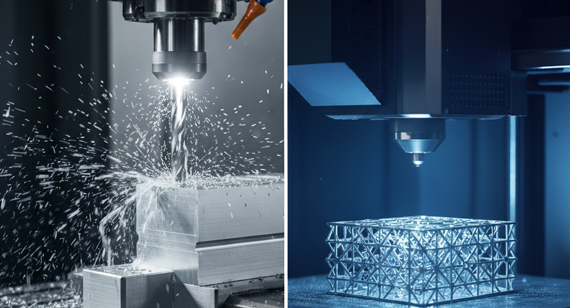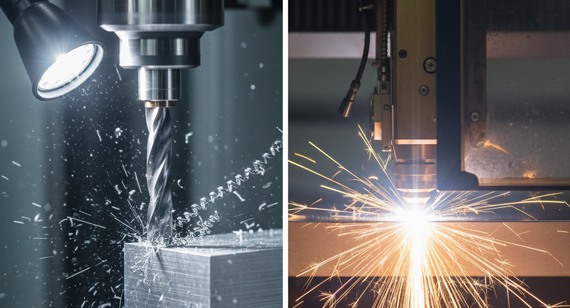15 years one-stop China custom CNC machining parts factory
The VMT blog is dedicated to sharing our hard-earned knowledge in prototype manufacturing. We hope these articles will help you optimize your product designs and gain deeper insight into the world of rapid prototyping. Enjoy the read!
Get an Instant Quote VMT
VMT  2025 11 28
2025 11 28 Metal oxidation is a common phenomenon in your metal devices or parts. If you’re wondering how to maintain metal surfaces well, ensuring your metal parts lifespan in your products and your customers satisfaction, you should understand metal oxidation. This article will guide you through the causes and prevention methods of metal oxidation (including some professional surface treatment methods). Whether you're an individual needing metal parts maintenance or a manufacturer seeking metal oxidation surface finishes solutions, this article will be helpful to you.
 66
66
 Read more
Read more
 VMT
VMT  2025 11 25
2025 11 25 Perhaps you're preparing to design a lampshade for the outdoor use, an observation window for a biosafety cabinet in the medical, or maybe your next project will design kind of security equipment such as the police face shields. Or you're an automative factory designing headlight lenses and dashboard covers. All of these require a transparent and lightweight material, and depending on your specific application, you'll need this material to possess certain properties such as good optical properties, UV resistance, explosion and impact resistance, chemical corrosion resistance, or scratch resistance, as well as considering factors like cost and processing. For engineering requirements, acrylic (PMMA) and polycarbonate (PC)—two of the most commonly used and high-performance transparent plastics—may meet your needs. This article will guide you through understanding the core properties and comparisons of acrylic (acrylic) and polycarbonate (PC), helping you understand whether they are suitable for your project.
 66
66
 Read more
Read more
 VMT
VMT  2025 11 24
2025 11 24 316 stainless steel is an austenitic stainless steel with added molybdenum, chromium (Cr), nickel (Ni), and molybdenum (Mo). It meets the high requirements of food-grade, chemical-grade, and marine-grade applications, so basically 316 stainless steel can be used for all kinds of industries.
 66
66
 Read more
Read more
 VMT
VMT  2025 11 20
2025 11 20 Forging shapes metal through pressure and heat, while fabrication combines cutting, welding, and assembling different metal pieces. Forging is best for high-strength parts, and fabrication is ideal for custom fabrication and complex structures. Choosing between them depends on strength requirements, shape complexity, budget, and production volume.
 66
66
 Read more
Read more
 VMT
VMT  2025 11 19
2025 11 19 If a common alloy material, aluminum alloy with silicon(Si)addition, happens to be used in your engineering project, you surely understand that the additon of silicon(Si) must be enhancing certain properties of the aluminum alloy. But maybe you will be wondering—what does the silicon(Si)belongs to ? Metal or nonmetal? This article will illustrate elements like silicon(Si)—the metalloids, and their properties and applications. After learning about how metalloids play an important role in industries, there might be some useful references provided for your material selection and application design.
 66
66
 Read more
Read more
 VMT
VMT  2025 11 18
2025 11 18 Plastic materials are widely used in manufacturing plastic parts in engineering. The selection of plastic materials depends on the required material properties , that is, the properties of the plastic itself. So, when you select the plastic materials for your projects , have you ever wondered the causes of the plastic’s properties in chemistry? This article will share you knowledge of copolymers and homopolymers. With examples of four common plastic materials, you will understand what properties plastics have when they are copolymers or homopolymers.
 66
66
 Read more
Read more
 VMT
VMT  2025 11 18
2025 11 18 CNC machining removes material to create strong, precise parts, while additive manufacturing (AM) builds parts layer by layer for complex shapes and rapid prototyping. You should choose CNC for tight tolerances, durability, and production volumes, and use AM for fast prototypes, lightweight structures, and designs that traditional subtractive machining cannot achieve.
 66
66
 Read more
Read more
 VMT
VMT  2025 11 15
2025 11 15 To choose between CNC milling and laser cutting, compare your material type, required precision, part geometry, and production speed. CNC milling is best for thick materials and complex 3D shapes, while laser cutting is ideal for fast, clean 2D cutting. Choose the process that aligns with your tolerance needs, budget, and design requirements.
 66
66
 Read more
Read more
Ready To Start Your Next Project?
Get Instant Quote

Request a Free Quote
Send us a message if you have any questions or request a quote. We will get back to you ASAP!


